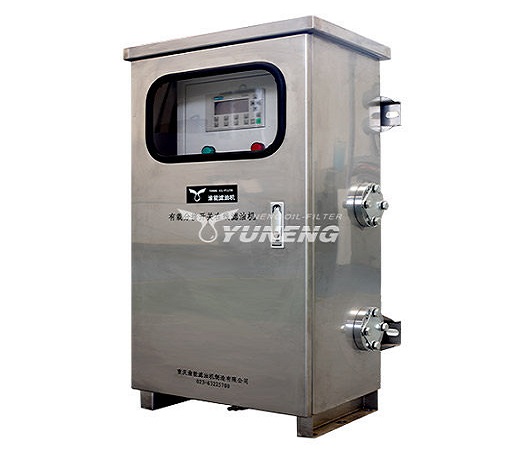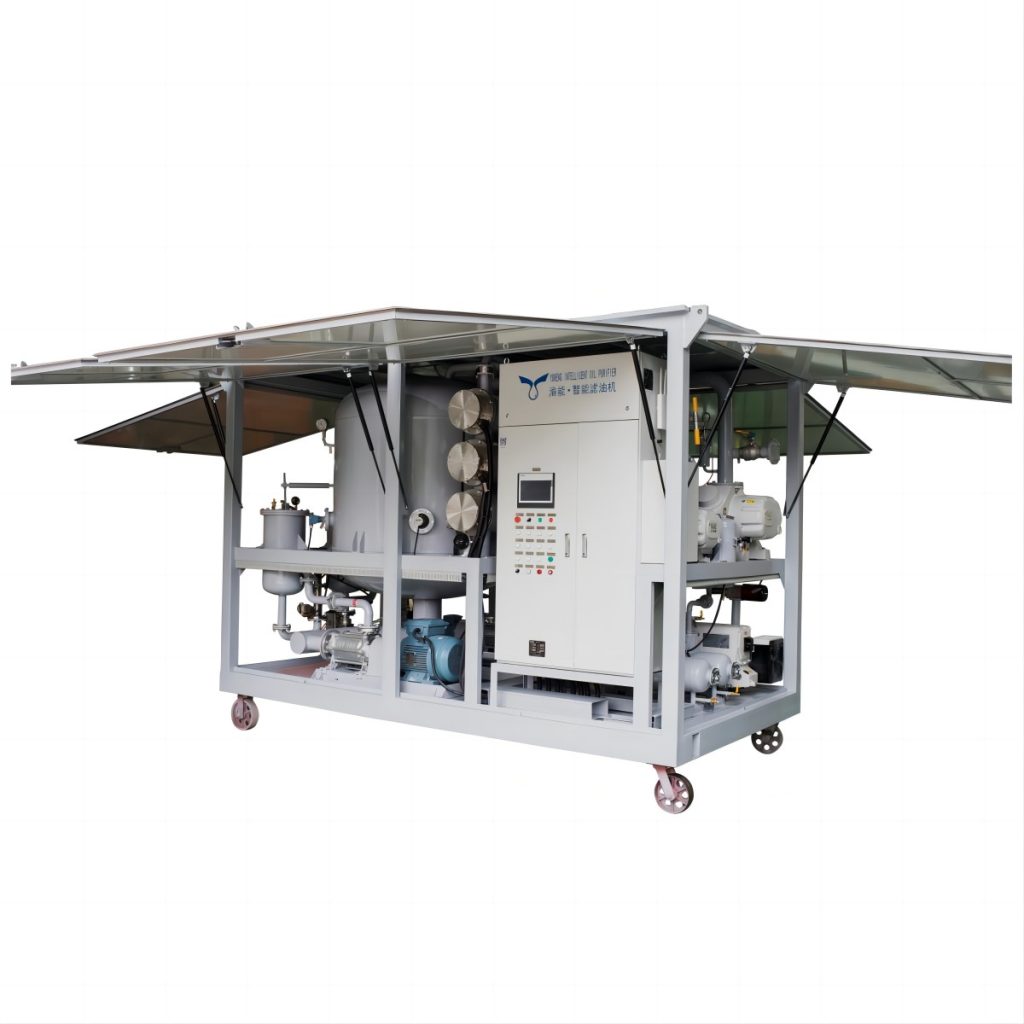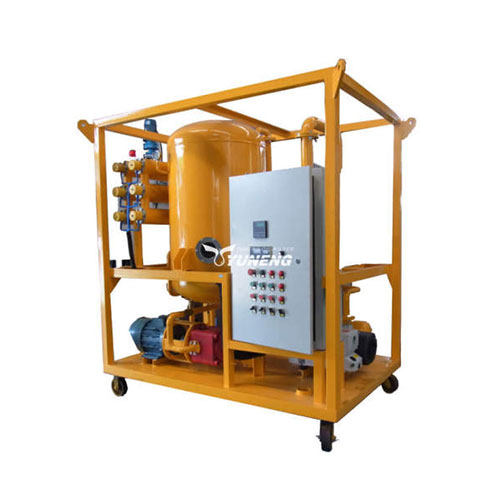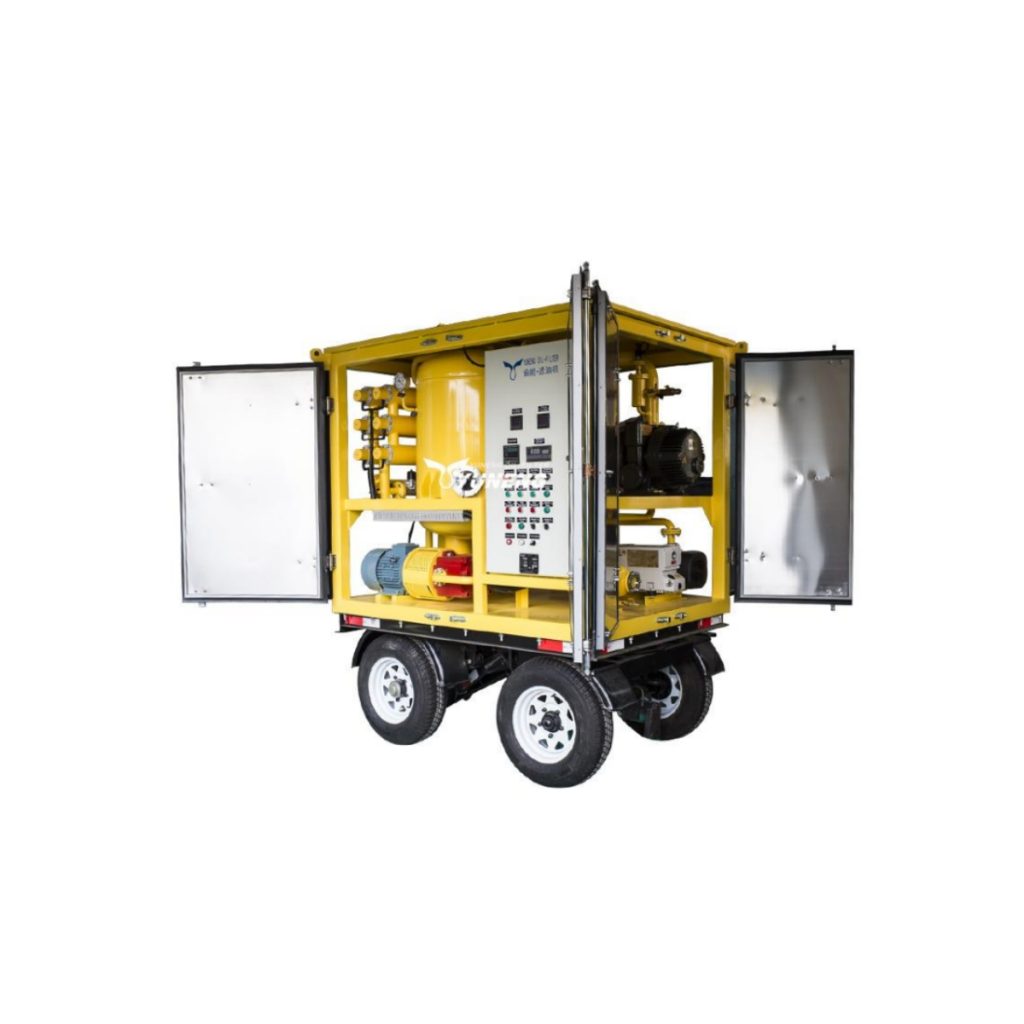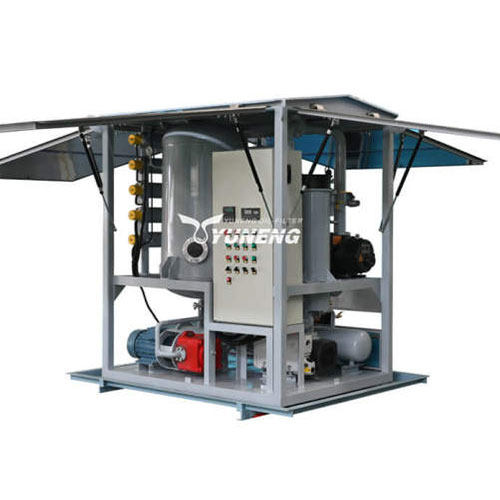Troubleshooting Common Issues in Transformer Oil Purification Systems
The normal operation of the transformer oil purification system is essential to ensure the stability and efficiency of power equipment. During daily operation and maintenance, some common problems may be encountered, which need to be handled through systematic diagnosis and solution strategies.
Common Issues and Troubleshooting in Transformer Oil Purification System
Ensuring the original quality of transformer oil is the primary criterion. However, even the most advanced transformer oil purification systems encounter issues that hinder their effectiveness. Here, we will delve into some common issues and provide you with relevant knowledge to troubleshoot them.
Ineffective Purification
Ineffective purification is a prevalent issue that can severely impact the performance and longevity of transformers. The primary causes and solutions are as follows:
1. Clogged Filters: Filters are essential for trapping contaminants, but over time, they can become clogged. When filters are obstructed, the system’s ability to purify oil diminishes. To troubleshoot this:
- Inspection: Regularly inspect filters for signs of clogging.
- Replacement: Replace filters according to the manufacturer’s recommendations or sooner if contamination levels are high.
- Cleaning: If the filters are reusable, clean them thoroughly using appropriate methods to restore their efficiency.
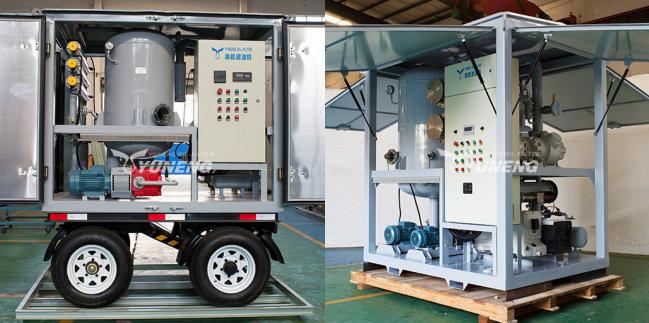
2. Improper Operation: Incorrect settings or mishandling can lead to suboptimal purification:
- Training: Ensure all operators are adequately trained in using the purification system. Regular training sessions can help in keeping the staff updated on best practices and new technologies.
- Manual Review: Regularly review the operation manual to ensure that the system is being used correctly.
- Operational Settings: Verify that the operational settings are configured correctly. Incorrect temperature, pressure, or flow rate settings can significantly affect purification efficacy.
3. Degraded Oil: Sometimes, the problem lies with the oil itself:
- Pre-Testing: Conduct pre-treatment testing of the oil to assess its condition. This helps in understanding the level of purification required.
- Reprocessing: If the oil is too degraded, multiple purification cycles might be necessary to achieve the desired purity levels.
System Performance Issues
Performance issues in the purification system can lead to operational inefficiencies and unexpected downtime. Key areas to focus on include:
1. Pump Failures: Pumps are critical for maintaining the flow of oil through the purification system. Common pump issues include:
- Leak Detection: Regularly check for leaks in the pump and its connections. Leaks can lead to pressure drops and reduced efficiency.
- Maintenance: Follow a strict maintenance schedule for the pump, including lubrication, seal checks, and impeller inspections.
- Replacement: Replace worn-out pump parts promptly to prevent complete pump failure.
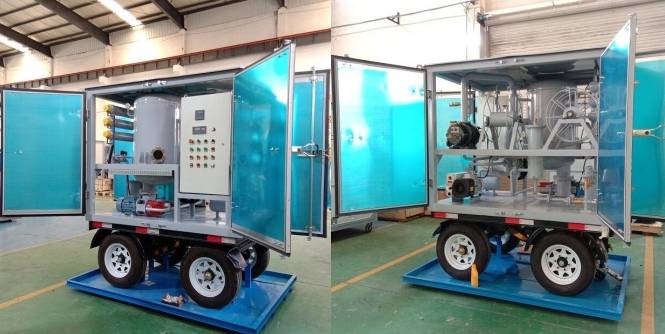
2. Electrical Issues: Electrical components are vital for the system’s automation and control:
- Inspection: Regularly inspect electrical connections, wiring, and components for signs of wear, corrosion, or damage.
- Testing: Periodically test electrical components such as motors, control panels, and sensors to ensure they are functioning correctly.
- Professional Service: Engage professional electrical technicians for thorough inspections and repairs as needed.
3. Valve Malfunctions: Valves control the flow of oil and must function correctly:
- Check Operation: Regularly operate and inspect valves to ensure they open and close properly.
- Lubrication: Keep valves lubricated to prevent sticking and ensure smooth operation.
- Replacement: Replace faulty valves to maintain system integrity.
4. Contamination: External contamination can affect system performance:
- Environmental Control: Ensure the purification system is operated in a clean environment to minimize the risk of external contamination.
- Sealing: Check and maintain seals on the system to prevent ingress of contaminants.
Prevention and Maintenance Tips for Transformer Oil Purifier
A well-maintained transformer oil purification system is an investment in the health and longevity of your transformer. By implementing preventative measures and regular maintenance practices, you can ensure optimal oil quality, prevent costly repairs, and extend the lifespan of your transformer oil purification system. Here are some key strategies to consider:
Routine Oil Analysis: Schedule regular oil analysis to identify and monitor the levels of contaminants like moisture, dissolved gases, and acidification. Early detection of these contaminants allows you to address them proactively through purification and can help predict potential equipment failures before they occur. Oil analysis also helps determine the effectiveness of your current filtration strategy and allows adjustments to be made if necessary.

Proactive System Maintenance: Develop a comprehensive maintenance plan for your transformer oil purification system. This plan should include:
- Regular Filter Inspections and Replacements: Follow the manufacturer’s recommended schedule for filter replacement based on the oil analysis results and the overall system usage. Proactively replacing filters ensures efficient purification and prevents them from becoming clogged with contaminants, compromising performance.
- Cleaning and Inspection: Schedule regular cleaning of the system’s components, including the oil lines, pumps, and tanks. This helps remove accumulated dirt and debris that could hinder performance or potentially cause leaks. Additionally, inspect for any signs of wear and tear on hoses, gaskets, and other critical components.
- Vacuum Pump Maintenance: As discussed earlier, maintaining a healthy vacuum pump is crucial. Regularly check oil levels and filters, and perform oil changes according to the manufacturer’s instructions. This ensures optimal performance and prevents potential issues that could affect the system’s ability to remove moisture and dissolved gases.
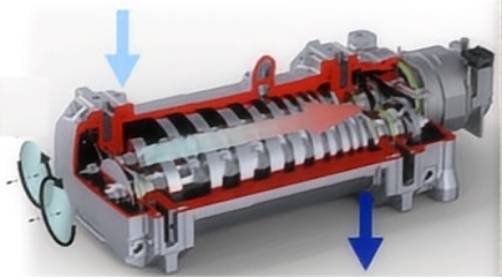
Proper System Storage: If your transformer oil purification system is not in use for an extended period, ensure it’s stored properly. This involves draining any residual oil, cleaning the system components, and covering it to prevent dust and debris accumulation. Following proper storage procedures helps maintain the system’s integrity and prevents unnecessary wear and tear during downtime.
Training and Awareness: Invest in training your personnel on the proper operation and maintenance procedures for the transformer oil purification system. This empowers them to identify potential issues early and take appropriate actions. Additionally, fostering a culture of awareness around the importance of oil quality and system health will encourage proactive maintenance practices.
By implementing these preventative measures and establishing a robust maintenance plan, you can ensure your transformer oil purification system operates efficiently, effectively removes contaminants from your transformer oil, and safeguards the health and longevity of your valuable transformer equipment.
Conclusion
By understanding common issues with transformer oil purification systems and implementing preventive maintenance strategies, you can ensure optimal oil quality and extend the lifespan of transformers. A well maintained purification system can maintain the efficient operation of transformers and reduce the risk of expensive repairs or maintenance.
If you want to invest in transformer oil purification systems, please contact YUNENG. We are always looking forward to be your partner!

